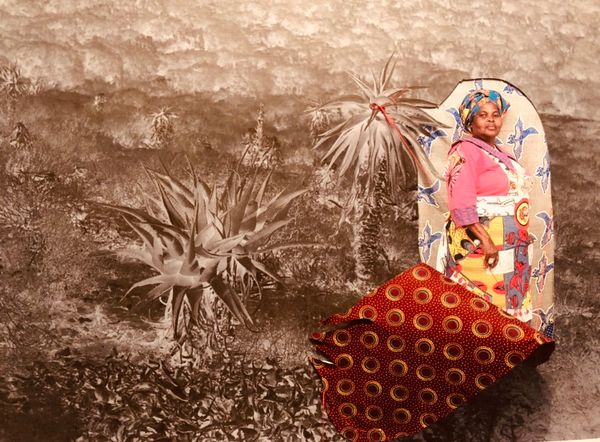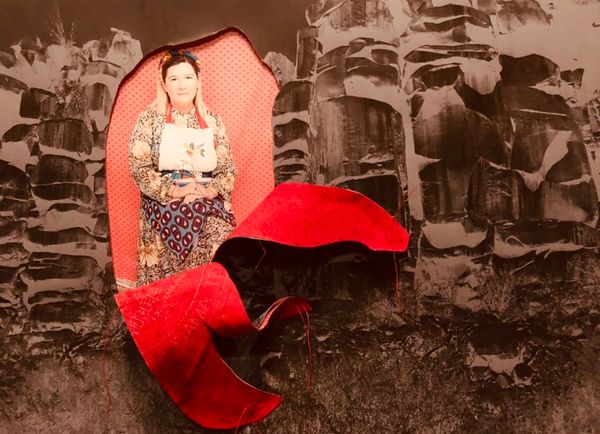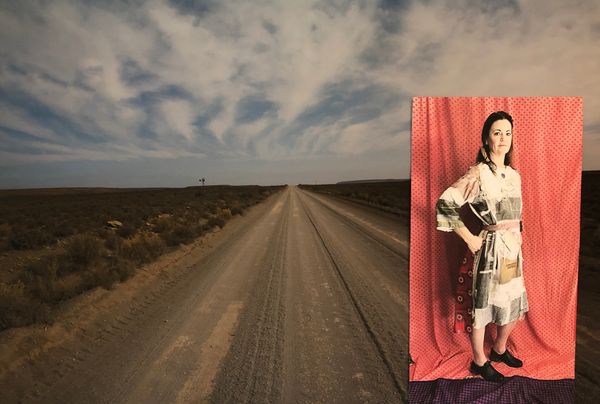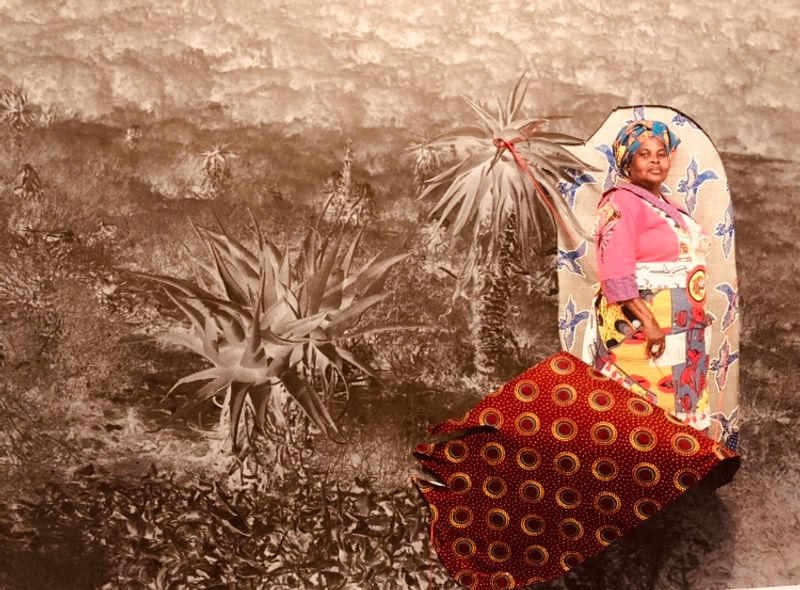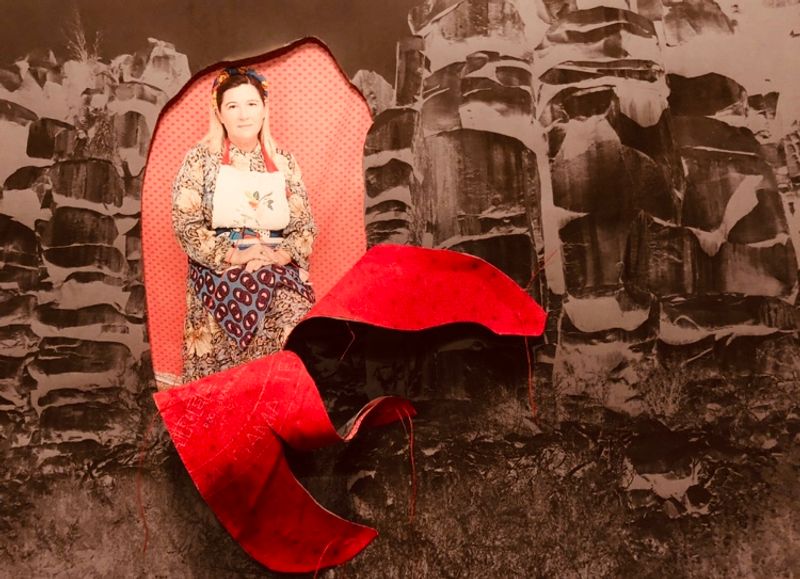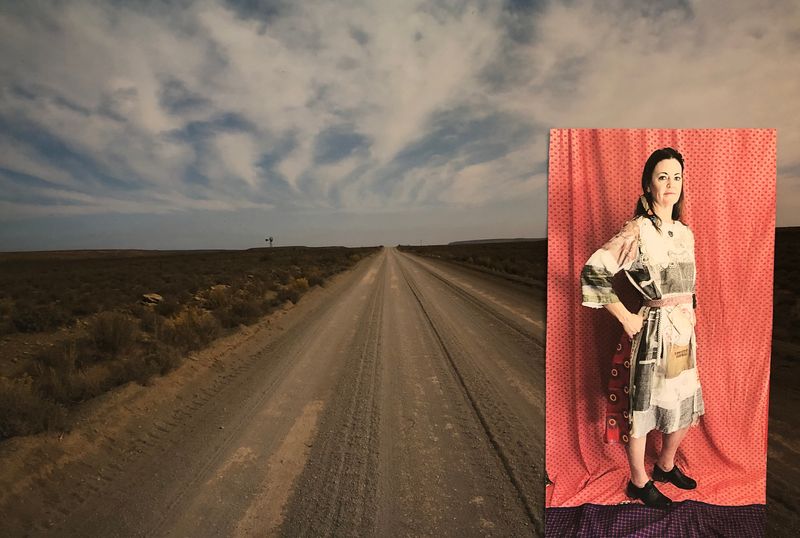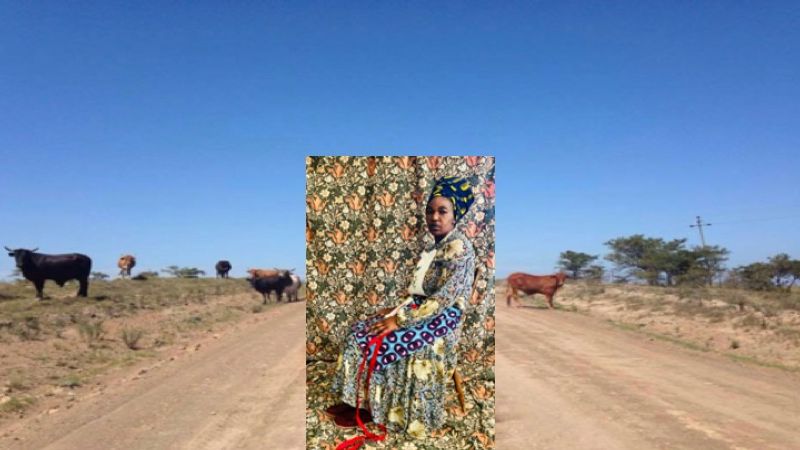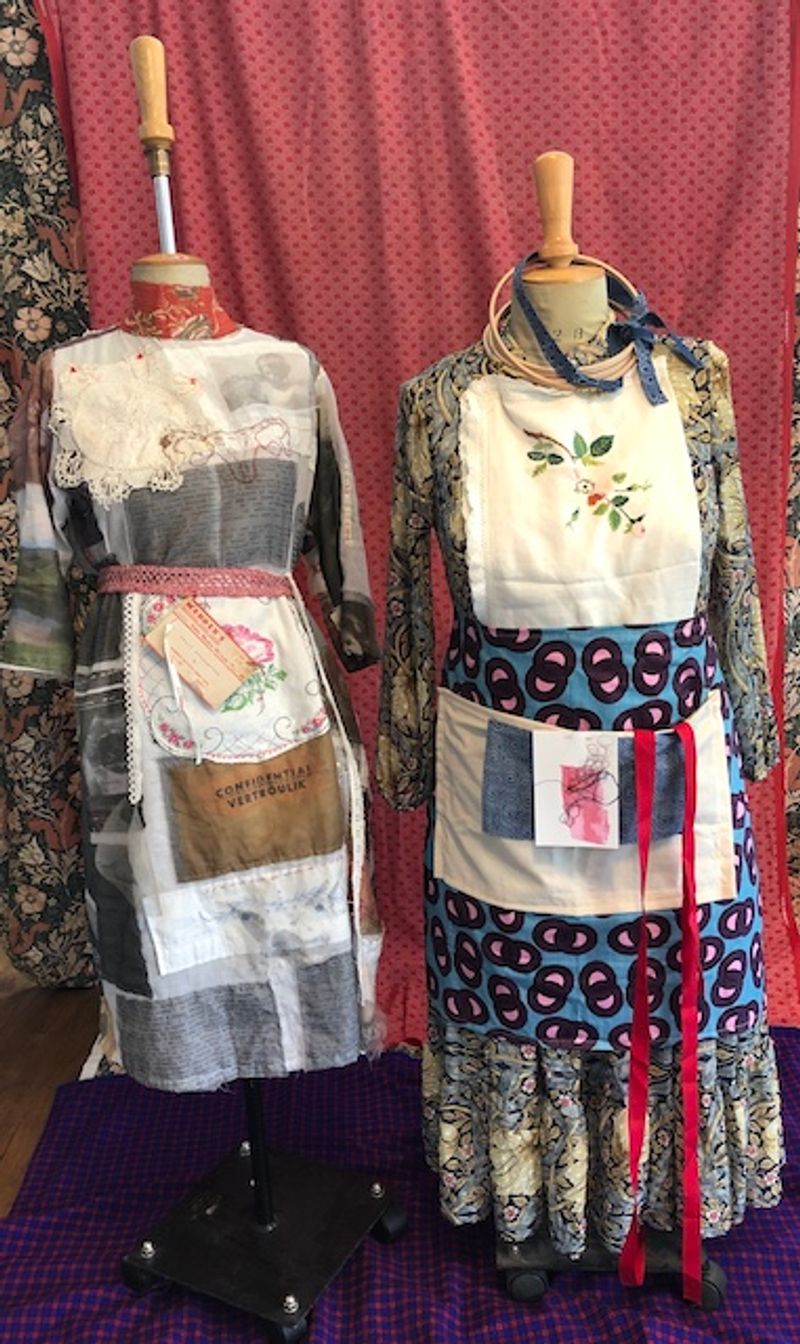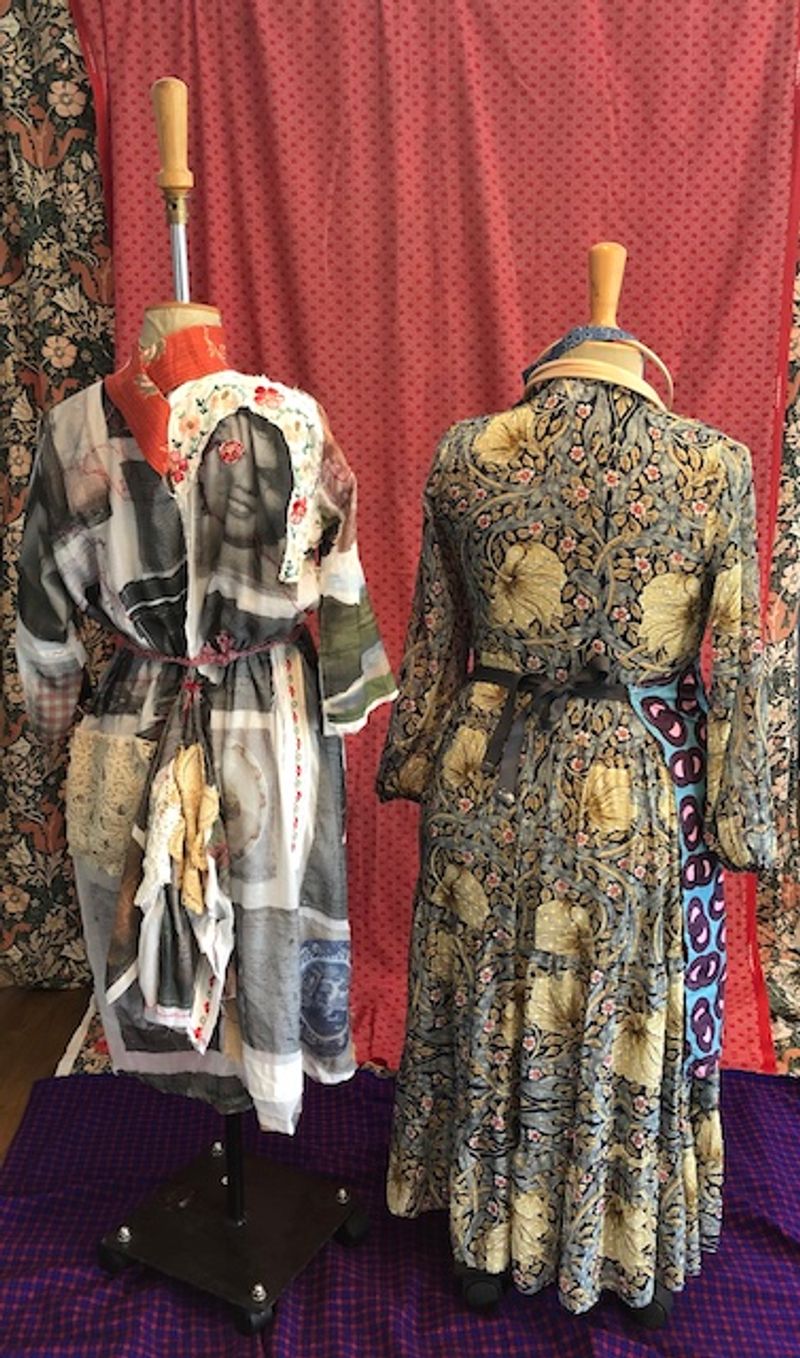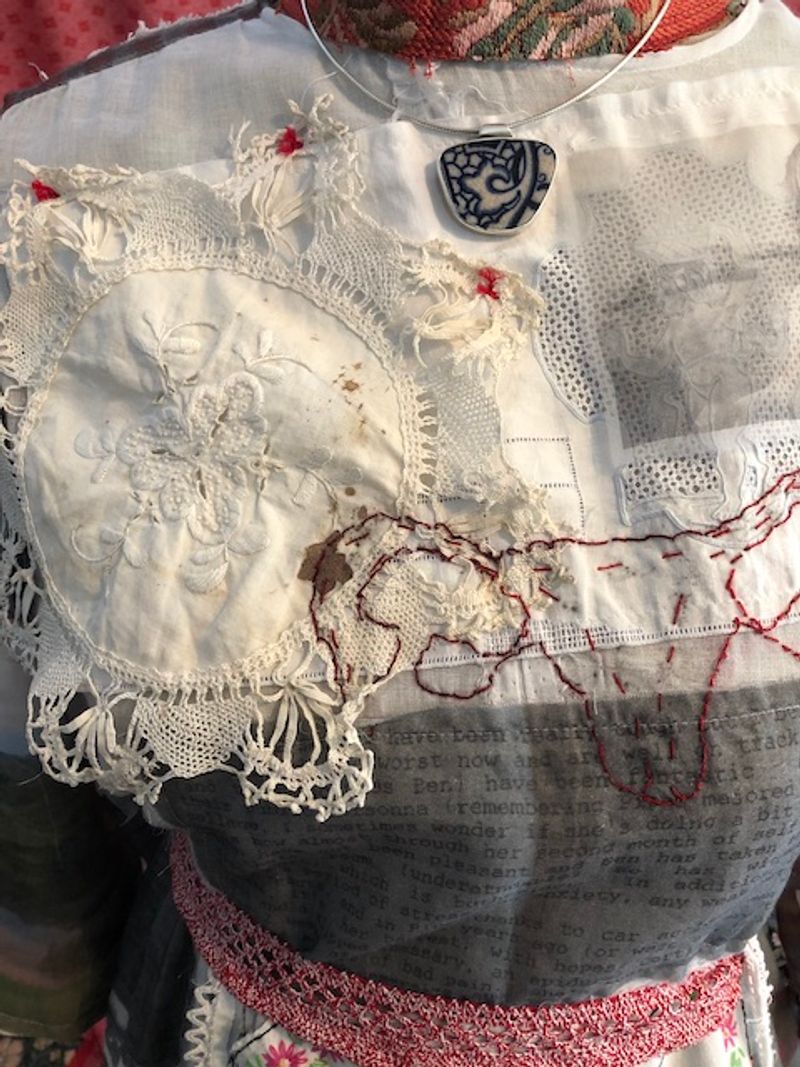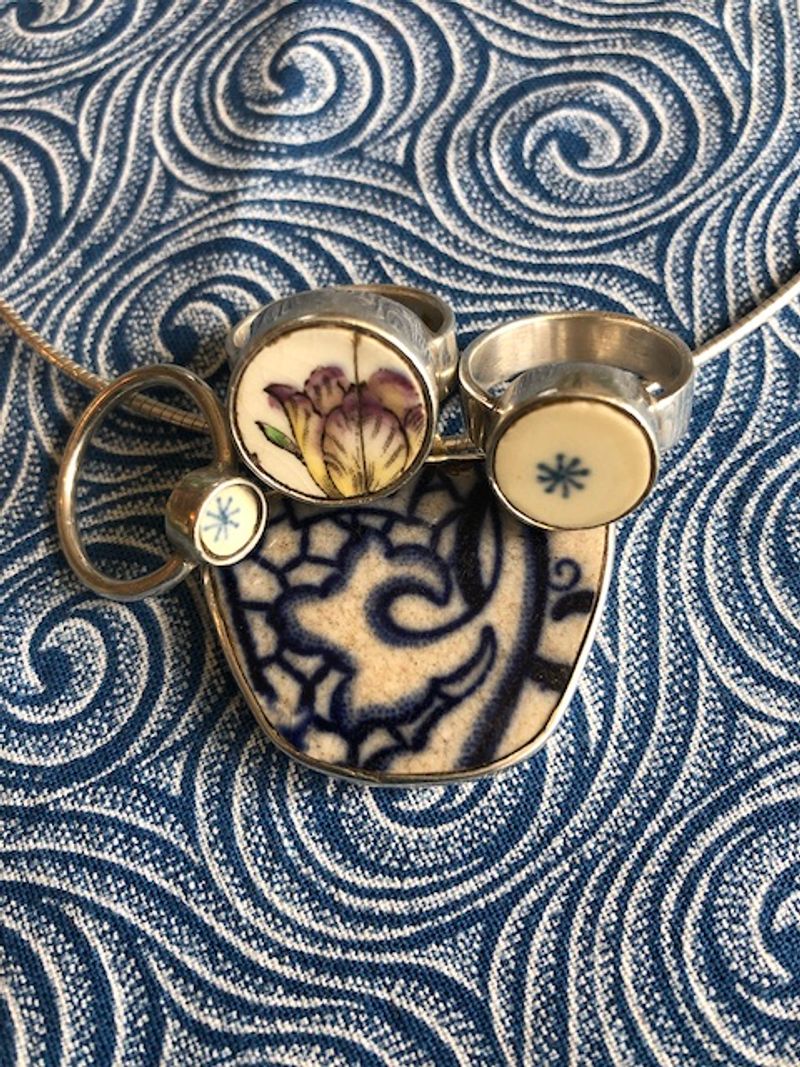Cuttings
-
Dates2019 - Ongoing
-
Author
www.pippahetherington.co.za
Snapshot of the proposed work:
An enquiry into the impossibility of disentangling our histories is opened up through visual storytelling pivoting around the relationship between descendants of the Eastern Cape Xhosa and the 1820 English Settlers in South Africa. Using clothing as a metaphor to symbolize power and identity, this photographic work incorporates dressmaking, embroidery, assemblage and video.
Narrative description:
It is impossible for us to disentangle ourselves from our histories.
Next year will mark 200 years since the 1820 Settlers landed in South Africa. Many with no farming background, they were allocated land on the bank of the Fish River in the Eastern Cape as a promise from the British government of greener pastures, a new future, and a solution to migrate out of the economically oppressed United Kingdom. Upon arriving it became apparent that they were part of a cohort of recruits who had been strategically enlisted to act as a buffer between the Xhosa people north of the Fish River and the British-ruled Eastern Cape south of the Fish River. The soil was arid and impossible to farm, so cattle very quickly became a local commodity.
But what of the Xhosa families living across the river? Little history has been written and only oral storytelling shares some background. One of the most well-known stories is of Nongqawuse, a young prophetess whose prophecies led to millions of cattle being killed in 1856-7. Aware of the tensions between the Xhosa and the colonial forces, she appealed to the elders that the spirits had told her that the Xhosa people should kill their cattle and destroy their crops, and as an exchange the spirits would drive the British settlers into the sea.
Two centuries later, as a descendent of an 1820 Settler family I am working together with female descendants of the Xhosa, using stitching, textile, photography, ceramic jewelry and fabric to make dresses that tell our histories, ones that are impossible to disentangle. Inspired by London-born Nigerian artist Yinka Shonibare’s (CBE) use of Dutch wax-printed cotton in assemblages and sculptures, the dresses will be made from cloth that was introduced into parts of Africa by European colonialists that have now been adopted as various African cultural identity, for example, German Blue Print (shweshwe) and Dutch wax-printed cotton. The dresses will indicate how these fabrics represent tangled post-colonial complexities and identity.
Another significant influence is that of African American Kehinde Wiley’s use of William Morris backgrounds to his portraits. The work is a disruption of the notion that fine art and refined arts and craft were typically associated with white Europeans.
